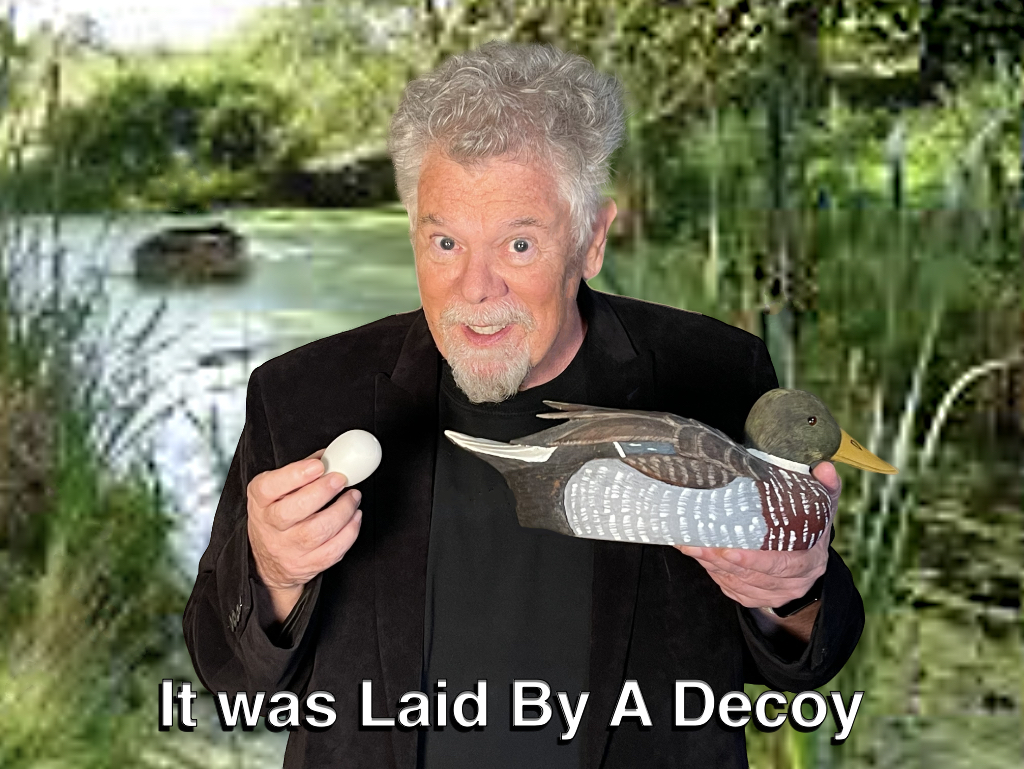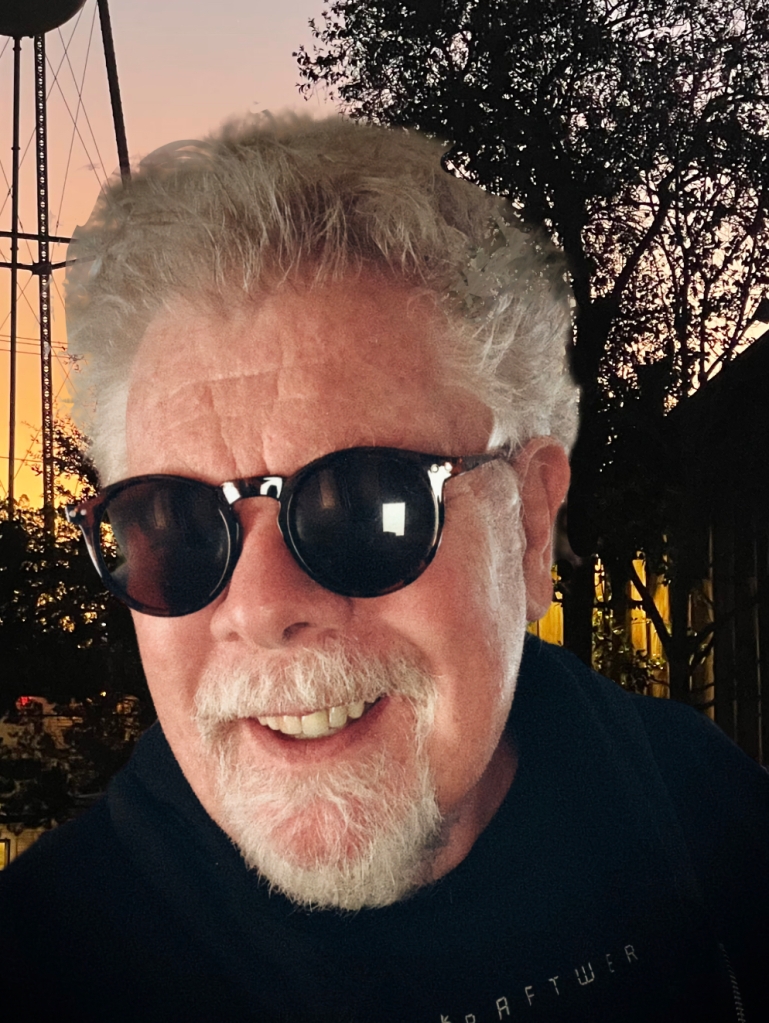Two Terrific Techniques To Improve Your Show.

I wanted to write a short essay on a subject that is seldom discussed. Most magicians can come up with a long list of things that they desire to improve their show and take it to the next level. It is usually based on acquiring new tricks that will make all the difference. Perhaps it is adding an illusion that you think will result in more/better bookings? When they purchase the new props most of these “must have” effects will just languish in their magical lair — OK, the spare bedroom and the parts of your garage that your partner lets you use.
It is very tempting to read about the latest effect being pitched on the internet. Many of them are probably great, but the best way to reach the next tier in your career is to improve the quality of the act you are already performing. I follow all the latest “magical marketing gurus,” and the “double your bookings and quadruple your fee” claims that are made by these “experts.” Well, whoever is selling the online course may well be making money out of pitching ideas that they have borrowed from other people. Notice that most of these courses are launched by magicians whom the public has never heard about. If you pick up a useful tip or two from these courses that is great, but you would probably do better reading some basic books on marketing.

I have a very simple solution to getting more and better gigs. Get a better act. Not necessarily a new act but just improving the act you already have. There is tremendous competition for gigs these days and when it comes right down to it, your best solution is to improve all the important elements in your act. When you have seriously thought about things, and taken an impartial look at your show, then you can start to purchase tricks and routines that will take you in the direction you want to go. I have always been interested in writing about the tips and techniques that make a show look, sound, and play better. After 50 years as a full-time pro, who has made a great living, I now want to share a few of my “secrets behind the secrets.”
The two terrific techniques that I think are amongst the most important and most abused are Texture and Dynamics. There you go, I told you these techniques were rarely mentioned in magic books/videos/lectures. Once you learn to apply some of the insights that these two concepts encompass, then you will have a whole different show. A better show: a show that will be booked, rebooked, and receive even more word-of-mouth bookings. Become a better showman and performer and new vistas will open for you in the entertainment landscape. Let’s look at these two similar and complementary tactics and apply them to presenting a magic show.
Texture.
It is never a bad move to look at the various dictionary definitions of a word before we re-apply it to our very specific and niche art form.
-tex· ture-
1 A: the visual or tactile surface characteristics and appearance of something
B: the disposition or manner of union of the particles of a body or substance
2 A: essential part: SUBSTANCE
B: identifying quality: CHARACTER
3. A: something composed of closely interwoven elements
B: the structure formed by the threads of a fabric
4. A: basic scheme or structure
B: overall structure

Well, there is plenty to unpack just in those definitions! I will leave it to my readers to run them through their neural network. We are going to get magic specific now.
Texture basically means the ability to enhance something in your act by contrasting it with something different. It gives variety to the items in your show. One of the most common faults in a magician’s show is that there is a consistency in timing, vocal approach, and material. How often have you seen a performer do very similar pieces in a row? Several card tricks in a row or three tricks in a row that require assistants coming onstage and returning to their seats at the end of the trick totally lacks texture.
It is important not to let every trick in your show have the same basic running time. Without getting complicated let’s say there are short tricks, medium-length tricks, and long tricks. Are you mixing these routines up and making sure that you apply texture to the length of the tricks that are the building blocks in your show? If you perform a lengthy routine, why not put a shorter routine on both sides of it in your setlist? If you are a comedy magician perform at least one effect that elicits an emotional response. Rather than bringing a parade of assistants onstage why not break the 4th wall by carefully staging one of your routines in the audience? If all the patter in your magic show is similar, make a conscious effort to change your style and dialogue for several pieces.

Magicians are variety acts, that is the deal, so make use of texture to ensure that your act does indeed have variety at its heart. What should give consistency to your act is the persona you use to present your show. That is why it is very difficult to hit the next level until you have fully chosen and developed your stage persona. The variety and texture you apply to your show allows your persona to remain consistent but react to different situations that pop up in the act.
Once you have fully worked out your onstage persona, keep it consistent. If you are a nice regular Joe character don’t suddenly say something mean, or if you are a clean performer don’t suddenly throw in a random dirty joke. Your role in performing is to create and maintain a persona that the audience will like. I have just given some tips that it took me decades to fully understand and implement. A technician isn’t just a guy who can deal incredible bottoms, it is someone who nails these abstract details and puts them into application.
Dynamics is a similar concept to texture, and they work hand in glove to make your show stronger and more commercial.
-Dy· nam· ics-
A: the forces or properties which stimulate growth, development, or change within a system or process.
B: the varying levels of volume of sound in different parts of a musical performance.

Dynamics is a wonderful way to create texture in your show. If a singer sings a song that had no changes in volume or intensity then chances are (unless it is Leonard Cohen) it is going to be dull to the senses. Work at changing the dynamic quality of your spoken dialogue; high-low, loud-soft, fast-slow, etc. If you want your audience to listen/laugh at your words don’t lull them to sleep with a one-tone delivery. This is like playing a song with only one note in it. I do vocal exercises before every show to stretch my voice effectively from a high-pitched to a deep and plummy tone. Different patter, punchlines, and comments can play much better when you discover how to phrase and vocalize them.
In a similar vein, there are small tricks and large tricks, funny tricks and serious effects, mental and visual routines, etc. Make a serious written set list that shapes things up and builds to that all important finale. One of my favorite musicians Bryan Ferry used to design his concerts for Roxy Music by creating graphs, and damn they were great concerts!
-Grafs-
A: a diagram showing the relation between variable quantities, typically of two variables, each measured along one of a pair of axes at right angles.
B: a collection of points whose coordinates satisfy a given relation. Well, I am going to leave this topic for the time being, I hope it has struck a chord or two. I know that most magicians will read this, agree in theory, and then go back to lusting after that head chopper that will turn them into a big-time act! It could be the perfect trick for you but think carefully before buying it; think about where, how, and why you are using it. Never forget that with magic it is rarely about what you do and almost always about how you do it. I invite you to explore my website www.LewinEnterprises.com and check out downloads of the various tricks that I have used to make money with real audiences!


Nick, thank you very much for these words. I’ve put my act together and I’m now refining it with each performance. It’s easy to be distracted to go do something else like learn a new effect. It’s hard to stay focused, but I’m quickly learning that the juice is very much worth the squeeze. Thanks again!
These are the subtle, but important, things that make your magic more exciting to watch!